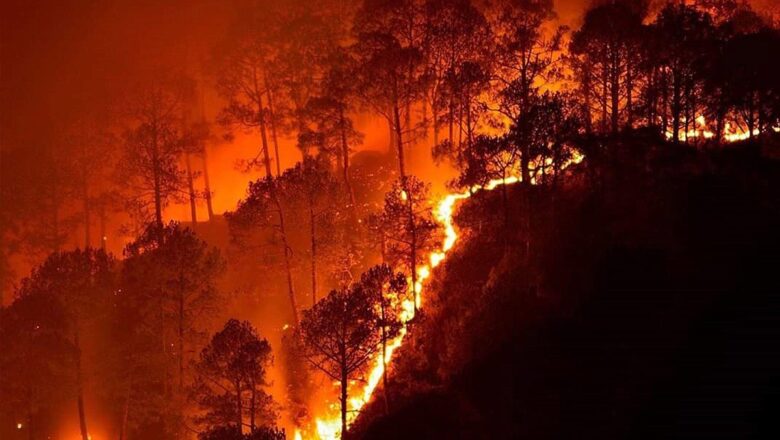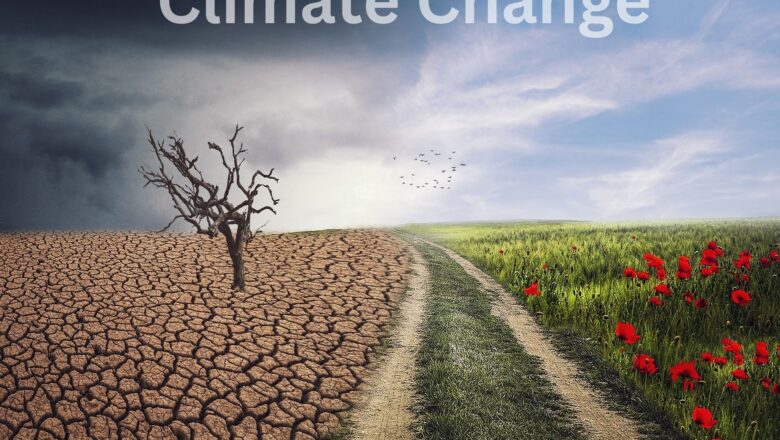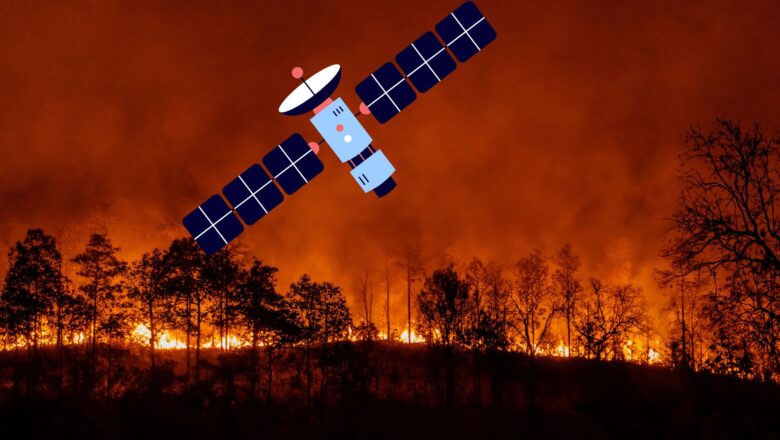
How Indigenous Fire Practices Can Restore Ecosystems and Reduce Wildfire Risks in British Columbia
As wildfires intensify across British Columbia (BC) and much of the world, a growing body of research is pointing to a powerful, time-tested solution: fire itself. A new report from the POLIS Wildfire Resilience Project at the University of Victoria urges a fundamental shift in how society views and manages fire. Titled “Beneficial Fire in British Columbia: An Exploration of How Fire Can Contribute to Wildfire Resilience,” the report emphasizes that not all fire is destructive some fire is essential.
This concept of beneficial fire marks a transformative approach to wildfire resilience. Beneficial fire refers to planned or naturally occurring wildland fires that improve ecosystem health without posing unacceptable risk to human communities. It includes cultural burning led by Indigenous...




